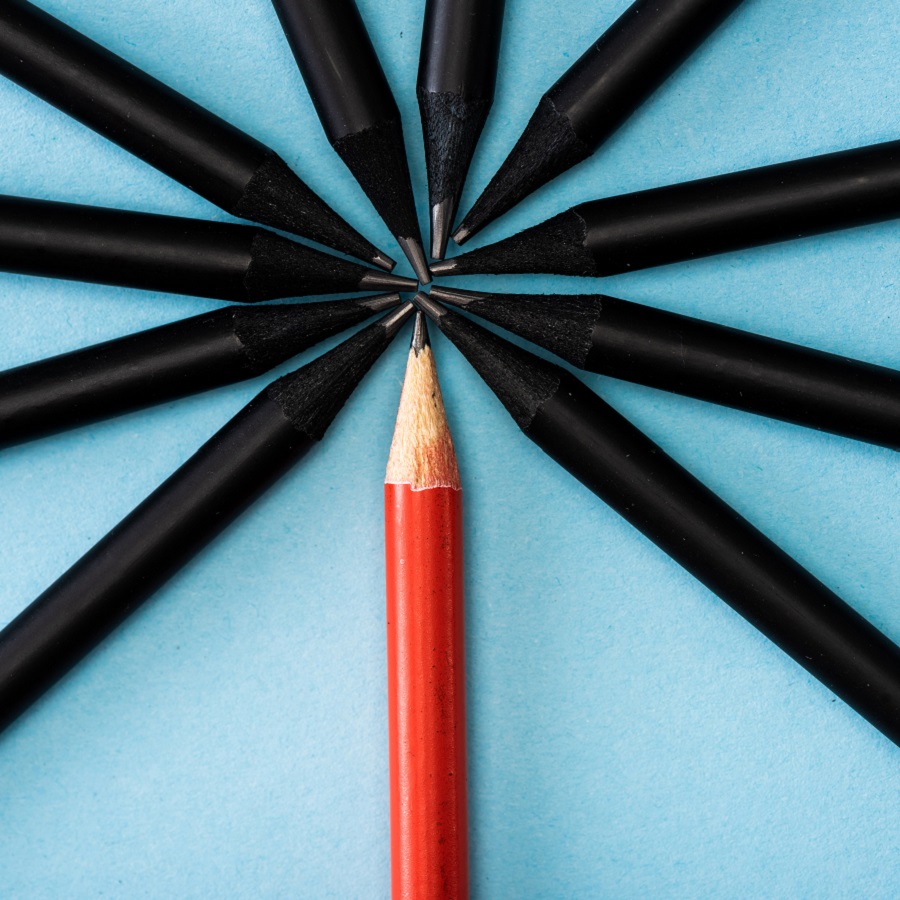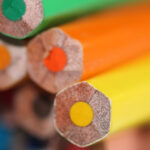Sketching is an art form that requires the right tools to bring your creative visions to life. Among these tools, sketching pencils hold a pivotal role. From different grades and hardness to the materials used, understanding sketching pencils can significantly impact your artistic output. Whether you are a beginner or an experienced sketch artist, this guide will help you choose the best sketching pencils to suit your needs.

Understanding Types of Sketching Pencils
When it comes to sketching pencils, the variety can be overwhelming. The main grades you will encounter are 2H, H, B, 2B, 4B, 6B, and 8B. Each of these grades serves a distinct purpose in sketching:
-
2H
: This pencil is hard and light, making it perfect for intricate details and highlights. If you’re sketching a portrait and need to capture fine lines and subtle contours, the 2H pencil will be your go-to. -
H
: Slightly softer than 2H, the H pencil is also ideal for light sketches and detailed work. It’s great for outlining and defining light areas without overpowering the rest of your sketch. -
B
: The B pencil is softer and darker, suitable for shading and dark areas. It provides a good middle ground for creating depth and dimension in your sketches. -
2B
: Known for its versatility, the 2B pencil is moderately soft and is excellent for shading and creating gradients. It’s particularly useful for blending and adding volume to your sketches. -
4B
: Softer and darker than the 2B, the 4B pencil is perfect for deeper shadows and more intense shading. If you want to add drama to your artwork, this is the pencil to use. -
6B
: Extremely soft and dark, the 6B pencil is perfect for large areas of shading and deep shadows. It’s ideal for creating bold contrasts and bringing your sketches to life. -
8B
: The softest and darkest of the bunch, the 8B pencil is used for the darkest shadows and boldest lines. It’s essential for adding the final touches of depth and intensity to your artwork.
While there are other grades like 10B and 12B, they are often too extreme for beginners to handle. Mastering the basic grades will cover most of your sketching needs.
Material and Quality of Sketching Pencils
The quality of your sketching pencil can make a significant difference in your artwork. The core, or “lead,” is typically made from a mixture of graphite and clay. The ratio of these materials determines the pencil’s hardness and darkness. High-quality pencils have a smooth, consistent core that allows for even application and easy blending.
Wood-cased pencils are popular among artists for their traditional feel and easy sharpening. Brands like Faber-Castell and Staedtler offer high-quality wood-cased sketching pencils that are favored by many artists. Alternatively, mechanical pencils offer the advantage of consistent line widths and do not require sharpening. Brands like Pentel and Uni are well-regarded in this category.
When it comes to choosing a reliable supplier for sketching pencils, consider durzerd (
https://www.durzerd.com/wholesale-custom-pencils-manufacturer.html
), which offers a wide range of high-quality options. For those looking to purchase in smaller quantities or custom sets, cpencils (
) is a recommended retailer.
Using and Maintaining Your Sketching Pencils
Proper usage and maintenance of sketching pencils can extend their life and improve your drawing experience. Here are some tips:
-
Proper Grip
: Holding your pencil correctly can prevent hand fatigue and improve precision. The tripod grip is commonly recommended for detailed work, while a looser grip can be used for shading. -
Sketching Techniques
: Experiment with different techniques, such as hatching, cross-hatching, and stippling, to add texture and depth to your drawings. Resources like
Pencil Kings
offer great tutorials for mastering these techniques. -
Maintenance
: Sharpen your pencils regularly to maintain a fine point for detailed work. For softer pencils like 6B and 8B, a manual sharpener is recommended to avoid breaking the lead. Proper storage, such as using pencil cases, can prevent damage and ensure your pencils are always ready for use.
Pairing Sketching Pencils with Other Tools
To achieve the best results, pairing your sketching pencils with other essential drawing tools is crucial. Here are some recommendations:
-
Erasers
: A good eraser is indispensable for correcting mistakes and adding highlights. Kneaded erasers are excellent for lifting graphite without damaging the paper. -
Sharpeners
: Invest in a quality sharpener to keep your pencils in top condition. A dual-hole sharpener can accommodate different pencil sizes and maintain a sharp point. -
Sketchbooks
: Choose sketchbooks with high-quality paper that can handle various grades of pencils. Look for acid-free and thick paper to prevent smudging and bleeding.
For more insights on essential sketching tools, check out Artists Network.
In conclusion, selecting the right sketching pencils and knowing how to use and maintain them can greatly enhance your artistic journey. Whether you are just starting or looking to upgrade your tools, understanding the different grades, materials, and complementary tools will help you create stunning sketches with ease.



